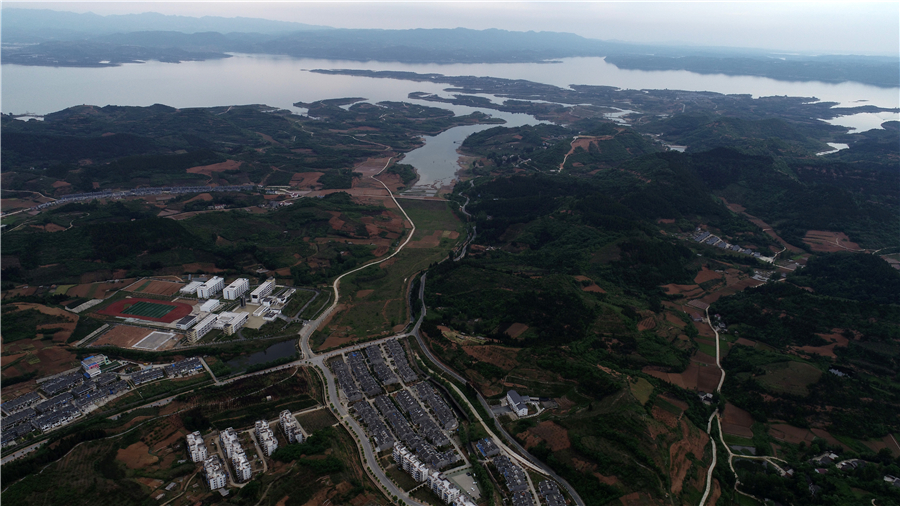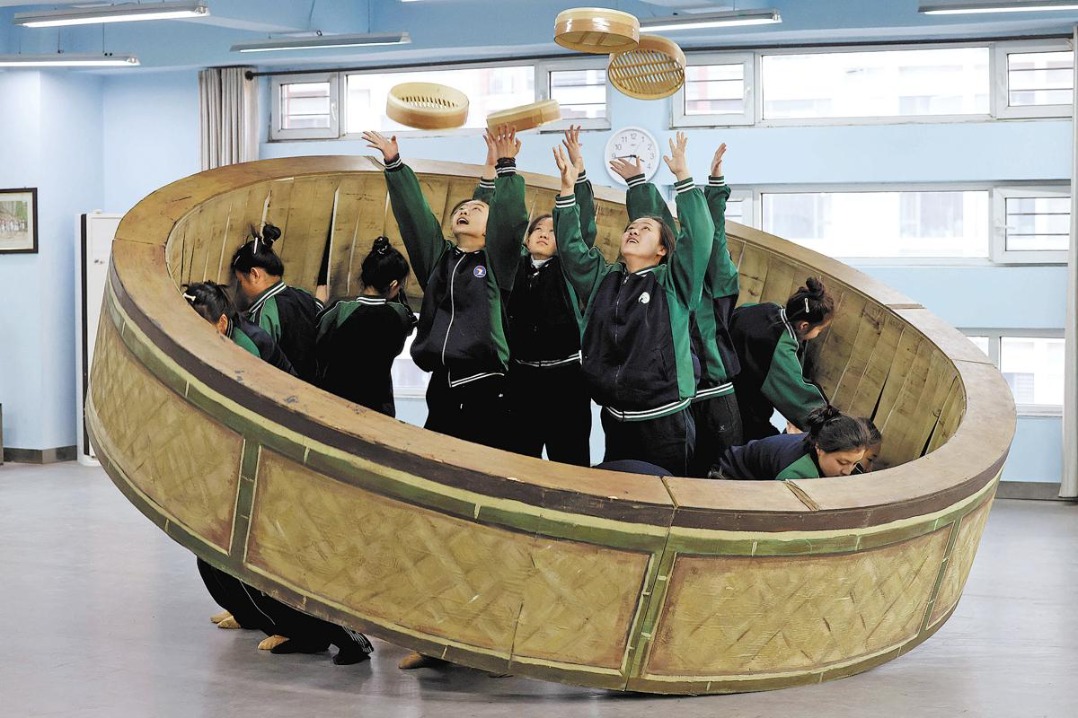Reservoir exploration reveals submerged city


As the top underwater archaeological expert in China, Sun Jian, technical director of the National Center of Underwater Cultural Heritage, described the investigation. He said: "It is difficult to see a complete pattern of ancient city sites on land like this in China. Because of the presence of water, many artificial disturbances have been ruled out, and time seems to have frozen here. "
Due to the situation of the Danjiangkou Reservoir and existing underwater archaeological technology, the survey mainly uses underwater geophysical and diving exploration.
Underwater image data was taken, and the scope of the area was measured. Over the five years, the archaeological team has accumulated more than 166 hours of diving explorations, completed search, mapping, photography, video recording and other work, finally obtaining original survey data of underwater ruins. This provided a clear layout, revealing city walls, building foundations, some streets and Han River channels.
In 2014, the ancient Junzhou city ranked among the sixth batch of cultural relic protection sites in Hubei. Some enthusiastic residents have suggested adopting foreign protective methods to develop underwater tourism in the ancient city.
Wu Yunru in Beijing contributed to the story.
























